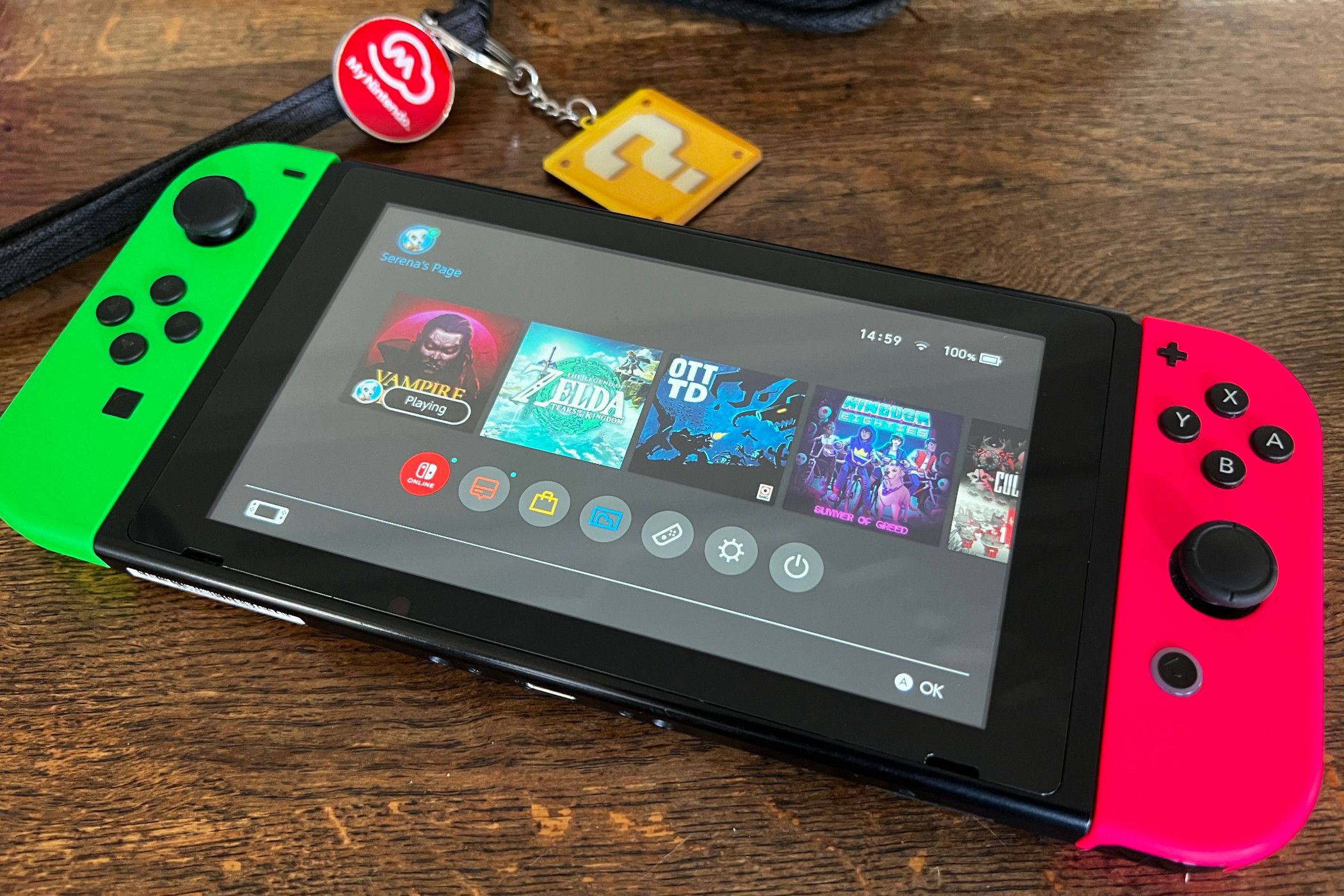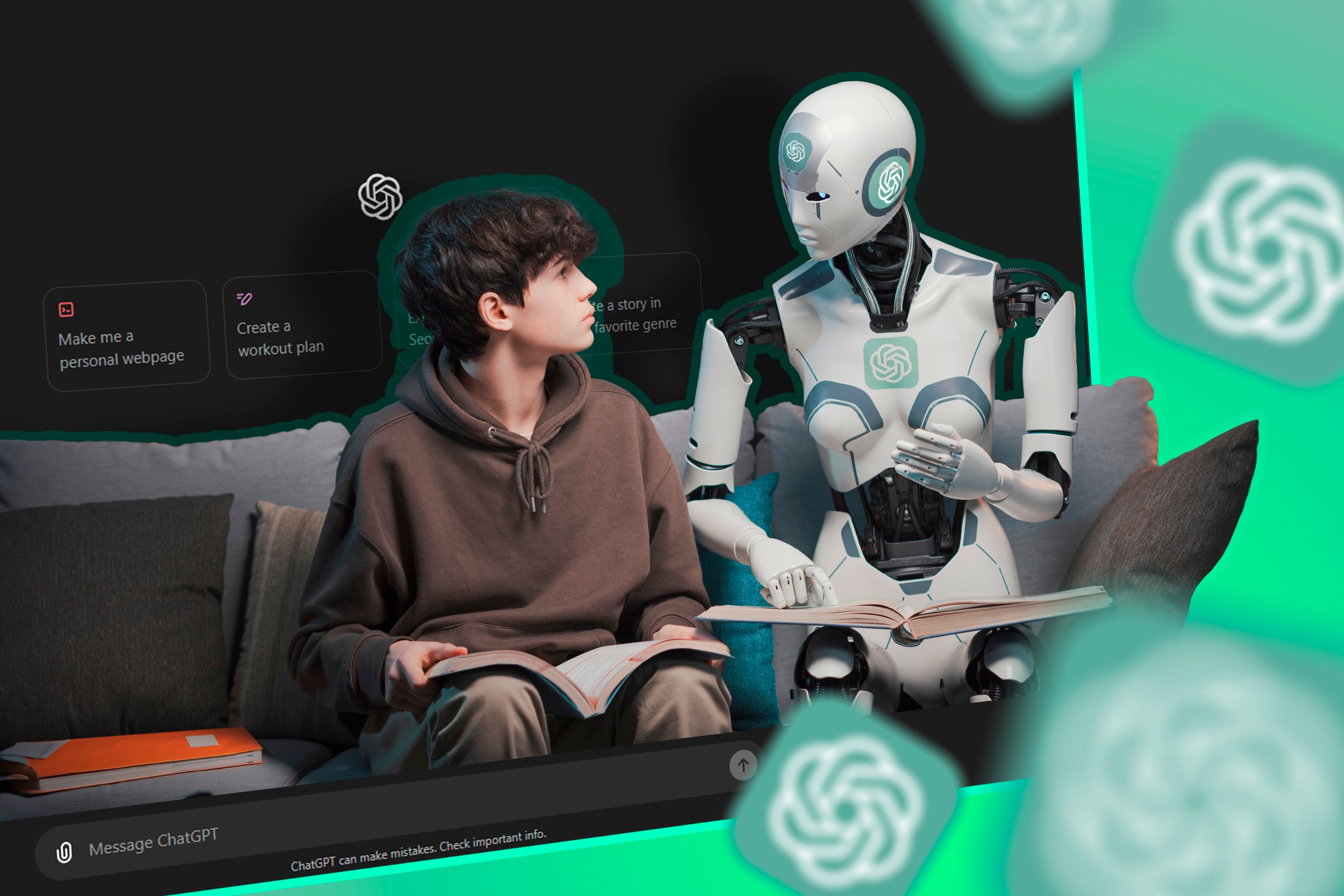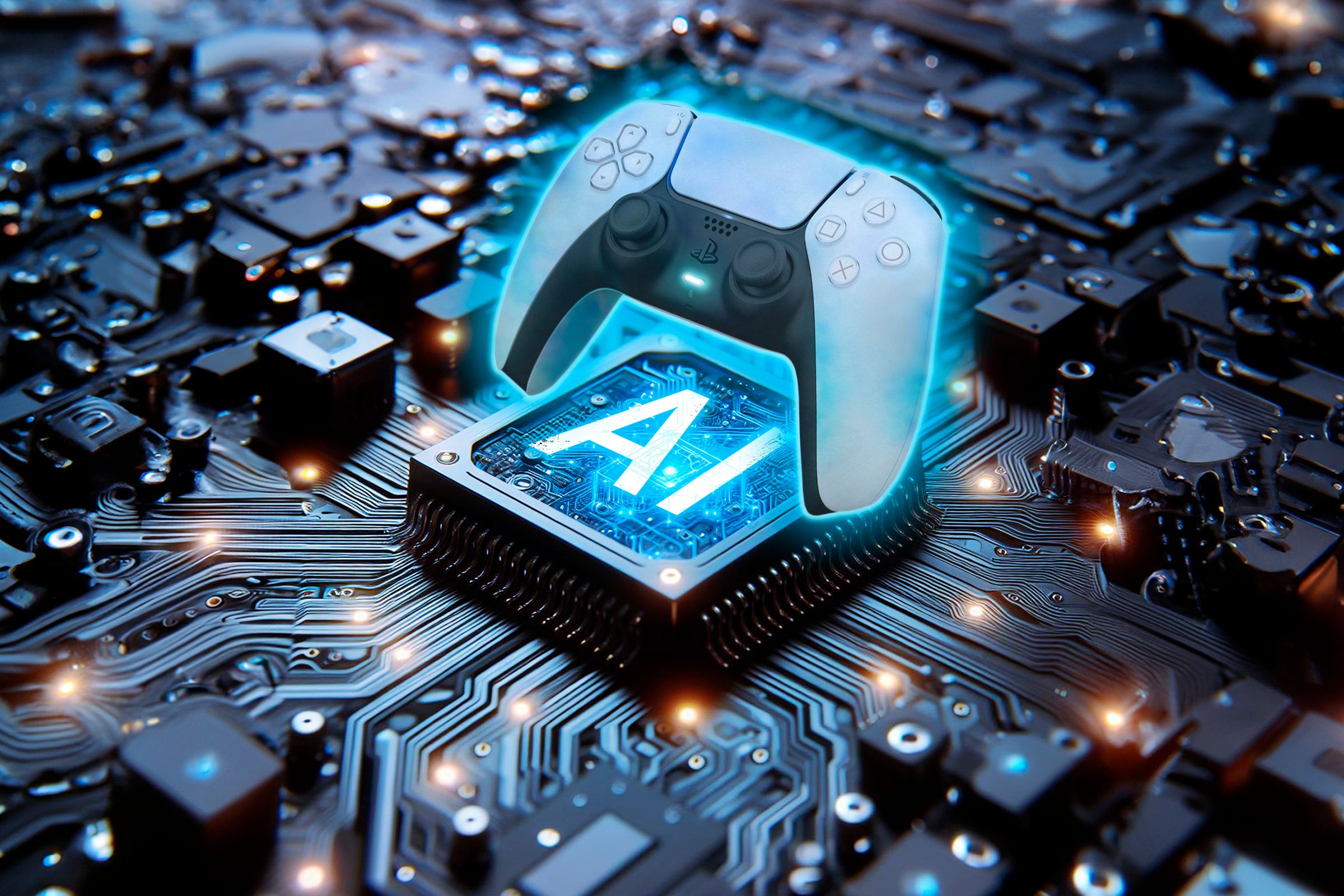Key Takeaways
- Nintendo won’t use generative AI, primarily due to copyright concerns.
- Generative AI could worsen the problem of job loss in the video game industry.
- Current generative AI models don’t add much value to video game content, despite the technology’s value in other areas like playtesting and virtual voice acting while lines are being recorded.
AI-adjacent technologies are nothing new in video games. Enemies dubbed “artificial intelligence” have existed in games as old as Space Invaders and Pac-Man, but because of generative AI, it’s now a matter of contention for game developers. Nintendo, for one, won’t be jumping on the AI bandwagon just yet.
Generative AI Raises Serious Ethical Concerns
Nintendo president Shuntaro Furukawa explained in a shareholder Q&A that the company won’t use generative AI because of potential copyright issues: “Generative AI, which is becoming a big topic recently, can be used in creative ways, but we recognize that it may also raise issues with intellectual property rights.” Because of how generative AI learns, vast amounts of (potentially copyrighted) data has been used to understand, recognize, and recreate common patterns.
The issue is that even though the data AI trained on is publicly available, the creators didn’t grant explicit permission to AI companies like OpenAI and Google to use their data. The $60 million-a-year deal between Google and Reddit is a good example of this. Something you wrote on Reddit six years ago could get chewed up and spat out to other people by AI without your consent. Additionally, AI chatbots store and learn from your very private conversations with the bot, at least until you opt-out.
These AI models were trained on copyrighted data and are used to create similar, royalty-free, uncopyrighted works. This has led to several ongoing lawsuits aimed at combating the practice. Nintendo has a rich history of litigation concerning its intellectual properties, so the company’s careful approach to generative AI is a consistent stance. However, it’s worth noting that Furukawa’s statement was worded carefully and doesn’t imply that Nintendo won’t use generative AI at some point in the future.
Another ethical concern over the use of generative AI is the fact that it’s potentially taking away jobs from real people. The video game industry has seen massive layoffs over the last few years, which resulted in over 20,000 people losing their livelihoods in 2023 and 2024 due to the post-pandemic slowdown, high-profile mergers and acquisitions, and rising video game development costs.
Now, generative AI is threatening to make things worse, as it could be used to “replace” decades of talent at no extra cost. A single AI model can develop conversations and entire storylines that require a whole team of writers; the same applies to detailed character models and artwork, along with tasks that can be automated, such as game testing.
Fortunately, Nintendo plans to retain its talented workforce in the face of AI. This is what they had to say at the aforementioned Q&A: “We have decades of know-how in creating optimal gaming experiences for our customers, and while we remain flexible in responding to technological developments, we hope to continue to deliver value that is unique to us and cannot be achieved through technology alone.”
Generative AI Can Hardly Add Any Value (For Now)
In my opinion, the content generated by current AI models is generic and light on substance for two important reasons. First, AI has no opinions and emotions, so it doesn’t have the capability to understand and judge its own work.
When you were (or still are) a high school student submitting a poorly written essay, you had a pretty good understanding of what grade to expect. If you knew you were turning in a well-written essay, there’s a good chance that your teacher would agree. AI isn’t self-aware and can’t evaluate its work, at least not in a way that would create an impact on a game’s story, gameplay, or even artwork.
The second reason is that our current generative AI models are designed to predict the most common outcome. Put simply, the story, setting, characters, and minor details that add to the quality of a good game would likely be the most generic, bland version of what it could possibly be. Admittedly, this could be used as a blueprint for writers to build something original on top of what the AI model creates.
Another area of video game development that I really don’t want to see generative AI in anytime soon is voice acting. I love quality voice acting, and I truly think that it can make or break a game. I didn’t care about the story in Hades initially because I focused on the gameplay, but because of the amazing voice acting, I was compelled to listen to all the little dialogues with the gods that unveil their own stories of Greek mythology.
AI-generated voices are shockingly good now, but even the best models that I’ve heard so far still fall into the realm of the uncanny valley. The weirdness is even more pronounced when I’m familiar with the voice on which the generated one is based. I quite like what Obsidian Entertainment did with The Outer Worlds—the developers used AI-generated voices as a stand-in while the game was still in development. The lines were later recorded by a cast of professional voice actors, so it’s a great showcase of how AI can help us make better games.
To be fair to generative AI, the technology is still in its infancy, so it’ll only get better over time. Machine learning algorithms help developers make more realistic graphics, environments, and physics. Additionally, clever AI in enemies can make combat more immersive—think of NPCs running for cover when a shootout starts or drivers avoiding collisions to stay in the race.
Generative AI Is Expensive
While generative AI has the potential to cut down on costs and the time it takes to develop a game significantly, the current situation tells us otherwise. LLMs need a ton of processing power provided by powerful hardware. Moreover, developers have to adapt and train the LLM to suit their needs, so it takes a lot of money and human work before an AI model can be effectively used in a game.
Plus, if the AI plays an active role in the game and data has to be processed continuously, the maintenance costs are steep. A text-based role-playing game, AI Dungeon, reportedly costs $200,000 a month to run in 2021 because it uses OpenAI’s LLM and Amazon Web Services to process players’ queries.
Even though generative AI can assist game development in major ways and potentially reduce labor costs, it’s unlikely to reduce video game development costs. According to a Bain & Company report, only 20% of gaming executives believe that generative AI will reduce development costs.
It’s Good to See a Big Company Standing Its Ground
Nintendo isn’t a perfect video game company by any measure, but it’s good to see a company worth $63 billion say “no” to the generative AI craze. If Nintendo keeps up the good work, retains its reputation among gamers, and sees a market cap increase, its reliance on traditional human talent can have a significant influence on the whole video game industry.
Let’s hope that Nintendo’s positive example will highlight the long-term value of human creativity and skill.







